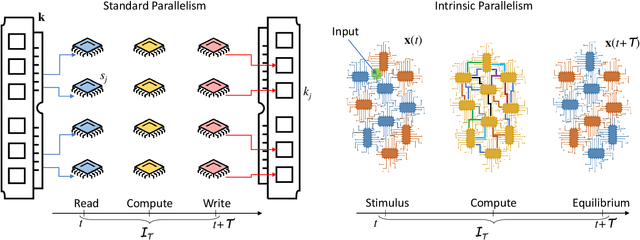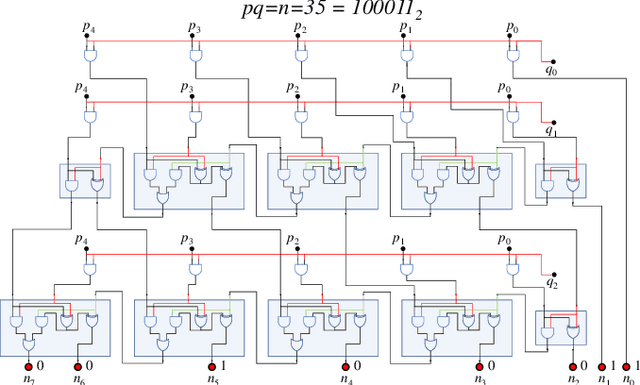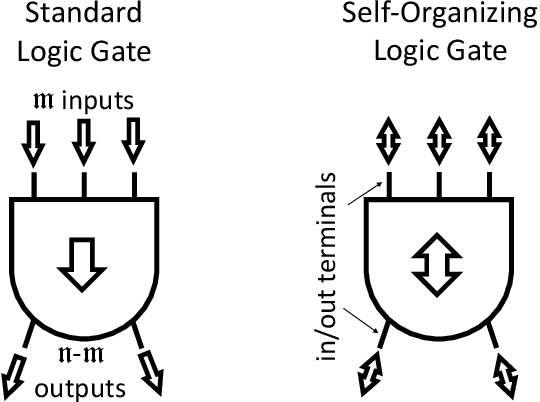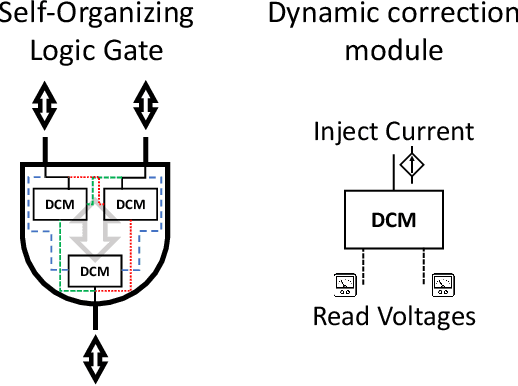Memcomputing: Leveraging memory and physics to compute efficiently
Paper and Code
May 06, 2018



It is well known that physical phenomena may be of great help in computing some difficult problems efficiently. A typical example is prime factorization that may be solved in polynomial time by exploiting quantum entanglement on a quantum computer. There are, however, other types of (non-quantum) physical properties that one may leverage to compute efficiently a wide range of hard problems. In this perspective we discuss how to employ one such property, memory (time non-locality), in a novel physics-based approach to computation: Memcomputing. In particular, we focus on digital memcomputing machines (DMMs) that are scalable. DMMs can be realized with non-linear dynamical systems with memory. The latter property allows the realization of a new type of Boolean logic, one that is self-organizing. Self-organizing logic gates are "terminal-agnostic", namely they do not distinguish between input and output terminals. When appropriately assembled to represent a given combinatorial/optimization problem, the corresponding self-organizing circuit converges to the equilibrium points that express the solutions of the problem at hand. In doing so, DMMs take advantage of the long-range order that develops during the transient dynamics. This collective dynamical behavior, reminiscent of a phase transition, or even the "edge of chaos", is mediated by families of classical trajectories (instantons) that connect critical points of increasing stability in the system's phase space. The topological character of the solution search renders DMMs robust against noise and structural disorder. Since DMMs are non-quantum systems described by ordinary differential equations, not only can they be built in hardware with available technology, they can also be simulated efficiently on modern classical computers. As an example, we will show the polynomial-time solution of the subset-sum problem for the worst...
 Add to Chrome
Add to Chrome Add to Firefox
Add to Firefox Add to Edge
Add to Edge